Treatment of sexual infections
Sexual infections (IPP) are diagnosed annually in millions of people around the world. Often these diseases occur asymptomatic, which complicates their timely detection and treatment. According to WHO, syphilis, gonorrhea, chlamydia and trichomoniasis are most often diagnosed. Bacterial infections are successfully treated with antibiotics, and viral infections with modern antiviral agents.

specialists

equipment

treatment
Table: Types of sexually transmitted infections (STIs)
|
Category of sexually transmitted diseases |
Examples of sexually transmitted diseases |
Features and consequences of sexually transmitted diseases |
|---|---|---|
|
Bacterial infections |
Syphilis (Treponema paldum) |
Effectively treated with antibiotics. Without treatment, they lead to infertility and systemic lesions органов. |
|
Gonorrhea (neisseria gonorrhoeae) |
||
|
Chlamydia (Chlamydia trachomatis) |
||
|
Mycoplasmosis and ureaplasmosis |
||
|
Viral infections |
Human immunodeficiency virus (HIV) |
Rarely cured, but amenable to control. Reduce the risk of complications and transmission of infection at use of therapy. |
|
Genital herpes |
||
|
Human papilloma virus (HPV) |
||
|
Hepatitis B and C |
||
|
Protosis infections |
ТTrichomoniasis (Trichomonas vaginalis) |
They are often asymptomatic and increase susceptibility to other infections. |
|
Fungal infections |
Candidiasis (thrush) |
It is not always transmitted sexually, but the symptoms are similar to STIs. Occurs when weakened immunity. |
Diagnosis of infections of transmitted
sexually (IPP)
Microscopic method
It involves the study of samples of discharge from the urethra of a man, vagina or cervix in women, under a microscope. It is used to detect gonococci, chlamydia, trichomonas. A simple and convenient method is suitable for the initial diagnosis of sexually transmitted diseases, but it does not cover the entire spectrum of STD.
Cultural method
Sowing involves taking material from the genitals and applying it to a nutrient medium, where a colony of microorganisms is formed. The method allows you to accurately determine the type of pathogen and its sensitivity to antibiotics. The waiting time for results is significantly longer than other methods, making culture less convenient for emergency diagnosis.
Polymerase chain reaction (PCR)
A modern method based on the detection of DNA of the causative agent of venereal disease in women and men. Suitable for analyzing various types of biomaterials: secretions, scrapings or blood. PCR guarantees results accuracy of up to 97%, therefore it is considered one of the most reliable ways to detect STDs in the early stages of the disease or with a minimum number of pathogens.
Blood test
The blood of men and women is examined for the presence of antibodies or antigens, which allows you to detect sexually transmitted diseases: HIV, syphilis, viral hepatitis. The method requires time, since antibodies do not appear immediately, but a few weeks after infection. A blood test is more often used to confirm the diagnosis or control of treatment results.
Enzyme-linked immunosorbent assay (ELISA)
ELISA is used to detect antibodies to viral sexually transmitted diseases, for example, HIV or hepatitis. The study allows you to determine the presence of infection and evaluate the activity of the body's immune response. The method is used in complex examinations to confirm the diagnosis after preliminary tests.
Answers to questions
Doctors "K+31" answer frequently asked questions about sexually transmitted diseases.
Can sexually transmitted infections go away without treatment in a woman?
No, STDs do not go away without treatment. Symptoms may decrease, but the infectious disease itself will remain, which threatens to become chronic and infertility.
How long does it take to treat sexually transmitted infections in women?
The duration depends on the STD. Bacterial diseases, such as chlamydia or gonorrhea, are treated with antibiotics for 7 to 14 days. Viral STDs require ongoing therapy.
How to prepare for a visit to a doctor if a sexual infection is suspected?
Write down the symptoms: when they started, how severe they are. List your sexual partners in recent months and tell your doctor about any other medical conditions or medications you are taking.
Is it possible to have sex during treatment?
No, it is better to refrain during treatment for sexual contacts. This will protect the partner and reduce the load on the body.
How often do you need to check on a woman's company?
Surrender at least once a year, especially if you have several partners or you do not use protective equipment.
How to tell your partner about a sexually transmitted disease?
Calmly discuss the problem, explain why it is important to undergo examination and treatment of both. Emphasize that this is a medical problem, and not a reason for accusations.
Why is the number of sexually transmitted infections grow?
Causes include declining condom use, lack of sexuality education and inadequate access to health services.
What to do to a woman after unprotected sexual intercourse?
Consult a doctor immediately and get tested, even if there are no symptoms. It is also important that your partner gets tested.
How to prepare for STI tests?
Avoid intimate contacts within 24–48 hours to diagnostics, refrain from using local drugs.
Is it possible to get an infection if there is no sexual contact?
Yes, infection with some sexually transmitted diseases occurs without sexual contact. HIV, hepatitis B, and syphilis can be transmitted through blood or from mother to child during childbirth.
Can a woman become infected with the same STI again?
Yes, it's possible. For example, after treatment for chlamydia or gonorrhea, you can become infected again if you come into contact with an infected partner.
Are there vaccines from sexual infections?
Yes, vaccines against STIs exist. The best known are the HPV vaccine, which reduces the risk of cervical cancer, and the hepatitis B vaccine.
Is it possible to become infected with sexually transmitted diseases through oral or anal sex?
Yes, you can get an STD, especially without using a condom.
What age groups are more at risk of infection?
Adolescents and young people aged 15–24 are most at risk due to insufficient experience and knowledge, as well as older people, who often neglect protection.
Which doctor treats STIs?
a gynecologist (for women), a urologist (for men) and a dermatovenerologist (for all) are engaged in treatment. You can turn to any of them.
How to care for yourself during treatment?
Maintain personal hygiene, avoid sexual contact until recovery, and take medications strictly as prescribed by your doctor.
Can there be errors in test results?
Yes, sometimes tests give incorrect results. For example, due to improper preparation or individual characteristics of the body. If there is doubt, it is better to undergo a second examination.
How to protect a child if a woman has an infection?
It is important to be treated before or during pregnancy and to be examined regularly. In some cases, a caesarean section may be necessary to reduce the risk of transmitting STIs.
Is it possible to have sex with a condom if one of the partners has an infection?
The condom reduces the risk of transmission, but does not guarantee complete protection. It is better to refrain from sexual contact to complete recovery.
Is there a risk of infection with sexual infections through kisses?
Yes, you can become infected with the herpes virus through kissing. If the partner has an active infection, the virus is transmitted through saliva or mucosal lesions.
How do you know if the infection has become chronic?
Signs of a chronic form of STI include periodic pain, discharge, or other manifestations of an infectious disease.
Can a sexually transmitted infection cause stomach or back pain?
Yes, pain in the lower abdomen or back is possible due to inflammation in the pelvic organs. In women, this is often associated with the uterus and ovaries, in men - with a prostate.
Is it possible to get sexually transmitted diseases in a swimming pool?
No, it is impossible to become infected in the pool. The pathogens of STIs do not survive in chlorinated water. It is important to avoid the use of common towels or contact with surfaces, if there are open wounds.
Is there a risk of infection in a woman through the seat in the toilet?
The risk is extremely low. Sexually transmitted infections are transmitted through close contact, but if you have wounds or breaks on the skin, you can become infected with other STIs.
Can a tattoo be a source of infection?
Yes, if instruments are not sterile, transmission of HIV or hepatitis is possible. Contact only licensed salons where sanitary standards are strictly observed.

This award is given to clinics with the highest ratings according to user ratings, a large number of requests from this site, and in the absence of critical violations.

This award is given to clinics with the highest ratings according to user ratings. It means that the place is known, loved, and definitely worth visiting.

The ProDoctors portal collected 500 thousand reviews, compiled a rating of doctors based on them and awarded the best. We are proud that our doctors are among those awarded.
Make an appointment at a convenient time on the nearest date
Price

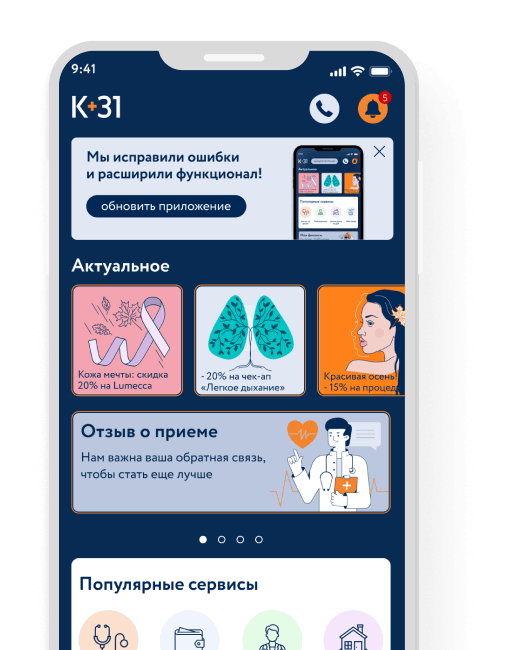
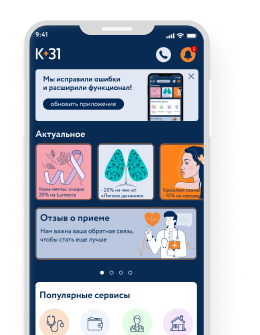


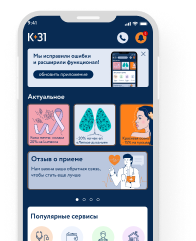
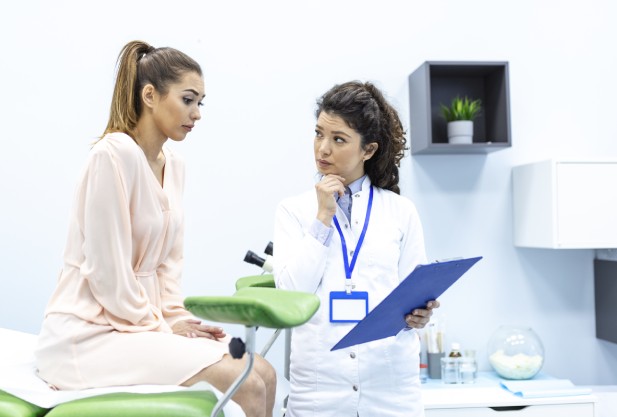

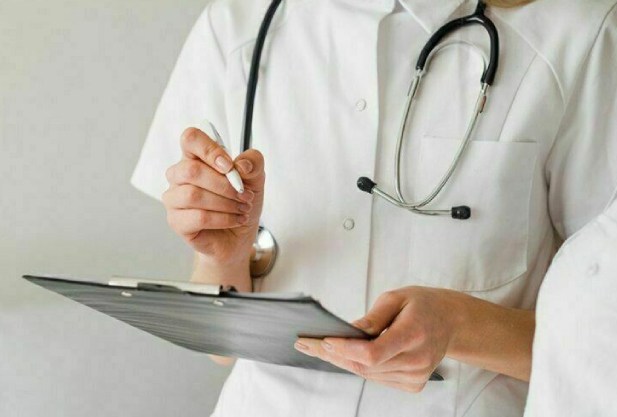



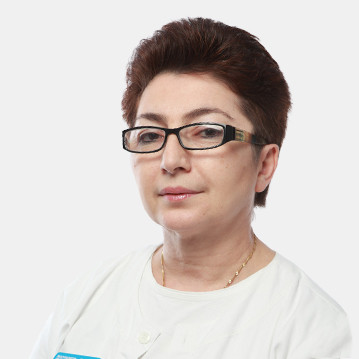
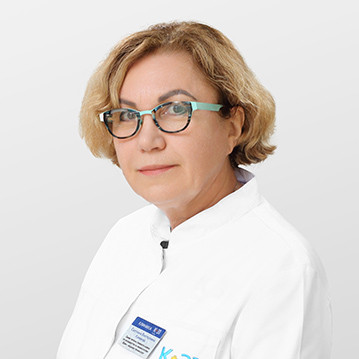

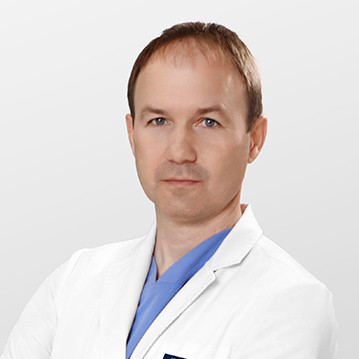
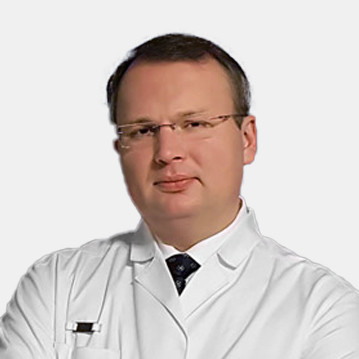
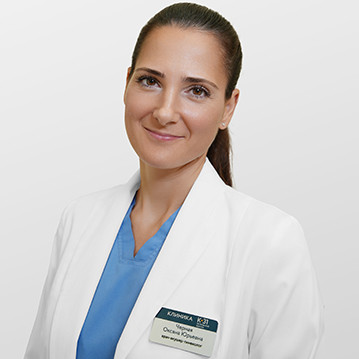



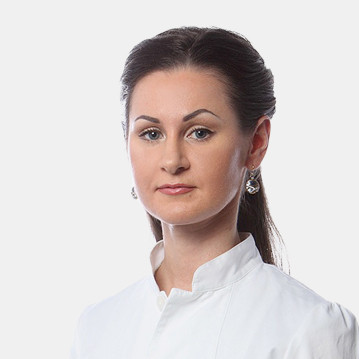
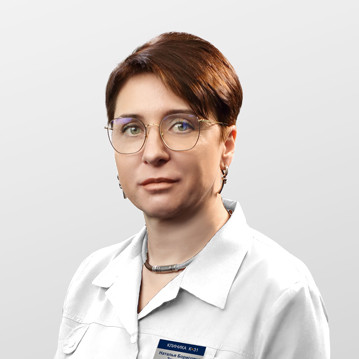




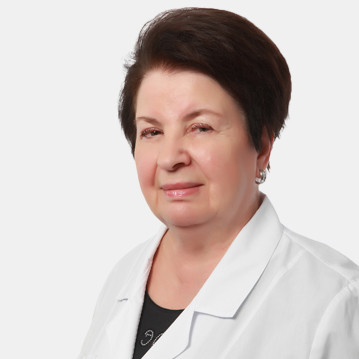
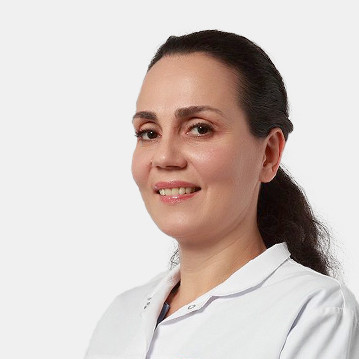



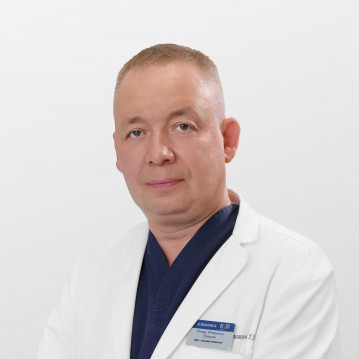
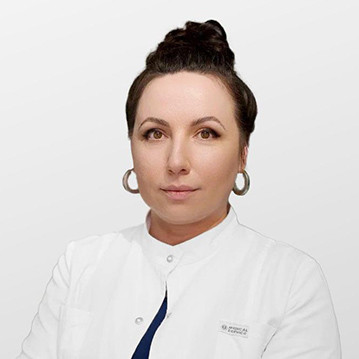



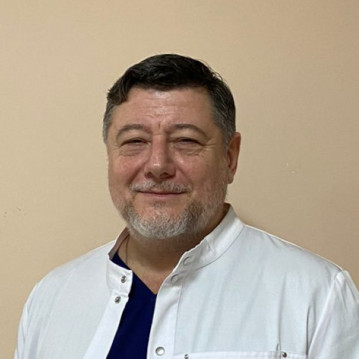




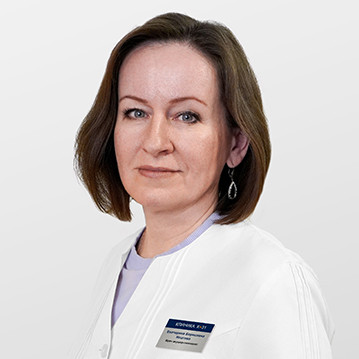



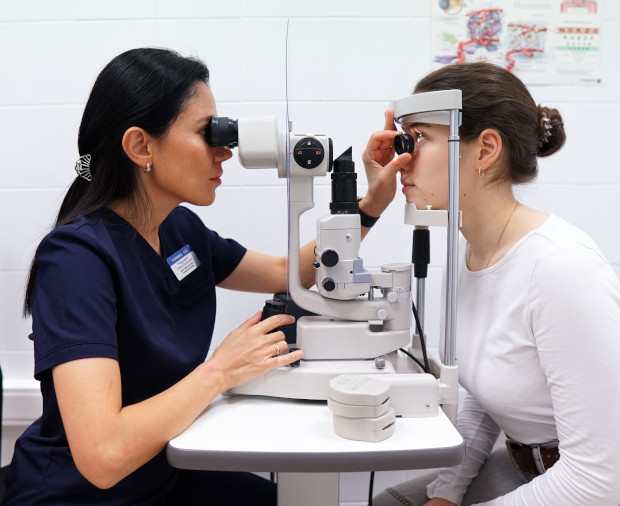


Symptoms of sexually transmitted infections
There are general symptoms that indicate sexually transmitted diseases in women and men:
Each disease has its own specific features. For example, trichomoniasis in women is accompanied by abundant foamy discharge of gray -yellow with an unpleasant odor, itching and burning. The gonorrhea in men is manifested by hazing during urination and purulent discharge, in women - intermenstrual bleeding, pain in the lower abdomen, redness of vulva. HPV is accompanied by the formation of warts or papillomas on mucous membranes, which differ in shape and size.